14 tips on how to choose a varnish for wood for indoor and outdoor use: types of varnishes
From wood build houses and fencesIt is used for furniture and decoration. This is a beautiful natural material with unique properties, but without special protective equipment, wood is unlikely to be durable. She is afraid of humidity, temperature extremes, fire and pests. Often for protection against external negative factors the tree is just stainbut its unique texture and color is lost. To protect wood and preserve its natural beauty, varnishes help. Almost a thousand years have passed since the first such composition appeared, during this time varnishes have been modified, and today on the shelves of stores there is such an assortment of various products that your head can spin. We figure out how to choose a varnish for wood for indoor and outdoor use, how different types of varnishes differ and what is important to consider when buying.
No. 1. What is the difference between different varnishes for wood?
Lacquer is a viscous product consisting of a solvent, resins and polymers. After drawing on a surface the solvent evaporates, leaving a dense strong film. This barrier protects the tree from various negative factors. Since previously wood was the main building material, first varnishes appeared back in XII century. It was the invention of a German monk, and the composition of the protective substance was kept secret for a long time. Attempts to develop a tool to extend the life of the tree were made constantly. So, in the 15th century, oil-type compounds appeared in England, later in the Netherlands and Portugal they began to produce resins based on resins.
Since then, the range of such products has expanded significantly, compositions with specific properties have appeared, so today you can’t just go to the store and buy the first wood varnish that comes across - it’s important to take into account the many nuances of various compositions, otherwise you can not only protect the material, but also harm it .
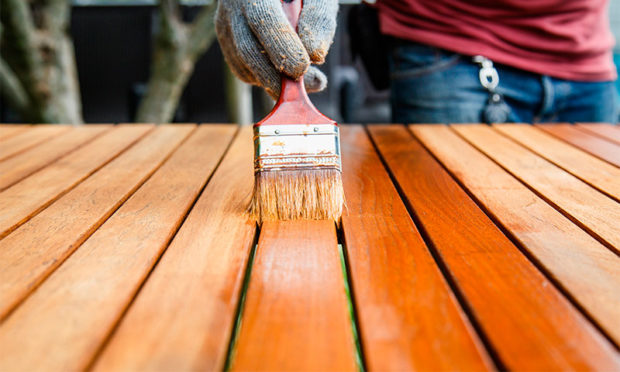
When choosing a varnish for wood, the following factors should be taken into account:
- Operating conditions. On the street, factors such as high humidity, constant changes in temperature and ultraviolet affect the material, therefore, the composition for protection must be chosen accordingly - only varnishes for wood are suitable for outdoor work. As a rule, the manufacturer indicates on the packaging the conditions under which the composition may be used. Parquet, furniture and wall decoration materials can be safely varnished with wood for internal work;
- wear resistance. It is not always possible to cover the floor with the same composition as the furniture, since the load on the surface will be completely different. If for of furniture and other wooden objects that are not subject to strong wear, even the least resistant nitrocellulose varnish is suitable, then for flooring it is necessary to take more durable compositions;
- toxicity. Most modern formulations have an unpleasant pungent odor when dried, as they contain organic solvents. Of course, this smell will disappear when the varnish is completely dry, and until then, in the best case, you will have a headache, and in the worst, you will get serious poisoning. Polyurethane, acrylic, polyester varnishes and nitro-varnishes are applied in special protective equipment in carpentry workshops or non-residential premises. After drying, all these compounds become safe. If the work needs to be carried out at home, and at the same time the households are not going to leave anywhere, then it is better to take the least toxic composition - this water based varnishesThey are practically odorless;

- drying time. The varnish layer can dry from 6 to 72 hours and sometimes longer. Water-based varnishes and oil varnishes dry the longest, alcohol and nitrocellulose varnishes - from 20 minutes. According to this parameter, all compounds are divided into slow and quick drying. Take this varnish characteristic into account when calculating the duration of work;
- resistance to high temperatures. It makes sense to apply heat-resistant varnishes to wood in those rooms where risk of fire increased. It is important not only to choose the appropriate composition, but also to properly open the surface with it, because the result largely depends on the application technique;
- shine. Thanks to the varnish, you can get a glossy or matte surface. The choice in this case is based only on aesthetic preferences, since performance does not depend on the degree of brilliance. Gloss gives visual volume, and a matte surface is able to emphasize the beauty of the tree. The degree of gloss is determined as a percentage of the reflected light flux. For example, high gloss varnish reflects more than 90% of the light, glossy - 80-90%, and matte - less than 10%. There are also semi-gloss and semi-gloss compositions, so the choice is great;

- varnish components. To do the work yourself are best suited. single component varnishes, those that are simply applied and form a protective film by evaporation of the solvent. Professionals often use two-component varnishesin which a protective film is formed as a result of a chemical reaction between two substances. As a rule, such compounds are more resistant;
- the need for a primer. Self-priming varnishes can be applied directly to wood. The remaining compositions require preliminary surface preparation: if not primer her, then soon you can encounter peeling of varnish, the appearance of cracks and craters.
On sale can also be found tinting varnishes. With their help, you can give the wood the necessary shade or even completely change the color. However, the classic version is still transparent varnish, which allows you to save the original wood pattern.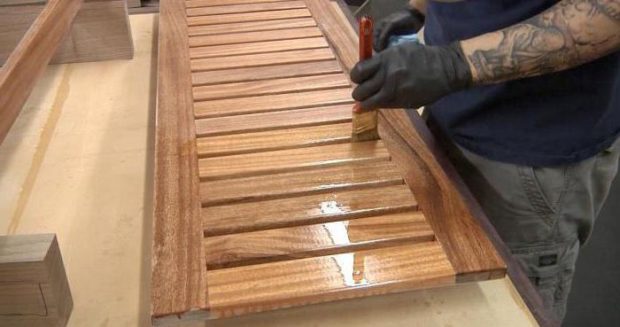
No. 2. Types of varnish for wood
Depending on the type of solvent, these types of varnishes are distinguished:
- oil;
- polyurethane;
- alkyd;
- acrylic;
- nitro coatings, etc.
There are other types of varnishes, and each of them has its own indicators of wear resistance, drying time, toxicity and weather resistance. To choose the right varnish for wood for indoor and outdoor use, you need to know the basic characteristics of each composition.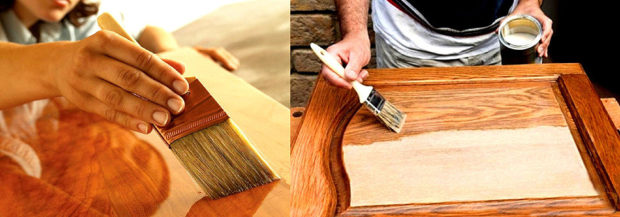
No. 3. Wood Oil Varnish
Oil (also called oil-resin) varnishes were previously used everywhere, but today their popularity has noticeably decreased. Are made based on resin and oil in various proportions. Previously, only natural resins were used, but with the advent of artificial resins and modified oils, the cost of the formulations decreased.
Depending on the amount of oil in the composition, such varnishes are divided into:
- fatty, 65-85% oils;
- medium, 55-65%;
- skinny, 35-55%.
Greasy oil varnishes do a better job of protecting the coating than skinny varnishes, but take longer to dry. Usually this type of varnish is used for protection of flooring in residential premises. These are thick compositions that are difficult to apply with a brush, so they are often diluted a little.Shelf life is short, drying time - from 24 to 72 hours or more.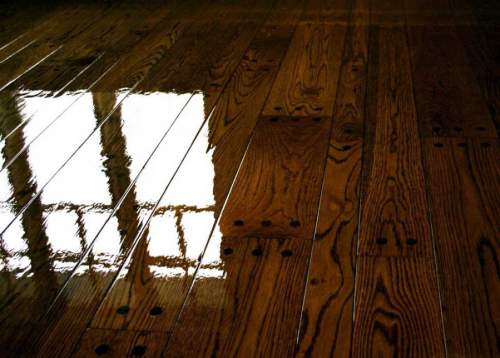
Number 4. Alkyd varnishes for wood
Alkyd varnishes are made on the basis of glyptal or pentaphthalic resins, white spirit or solvent is taken as a solvent, and substances that accelerate the drying of the varnish can also be included in the composition.
To the benefits it is worth attributing such qualities:
- resistance to moisture, temperature extremes, some compounds get resistance to sunlight and even to fire;
- wear resistance;
- low price;
- long shelf life.
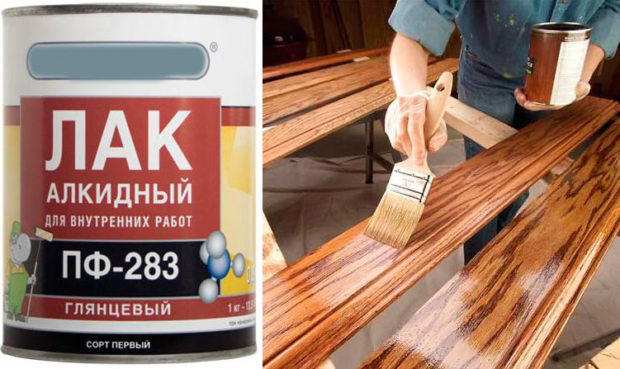
In addition, alkyd compositions perfectly emphasize the pattern of wood, and to achieve the required color depth you can apply as many layers of varnish as you like, but the surface treatment process will be quite long. The composition dries for a long time - this is its main disadvantage, you have to wait 48-72 hours. If this is critical, then it is better to take varnish with special additives that accelerate the drying process. Also note the unpleasant odor during drying.
Use alkyd varnish mainly for flooring: Moisture and wear resistant coating comes out. It can be applied to underfloor heating. Much less often such varnish is used for furniture. If add to alkyd varnish urethane groups, then we get an even more interesting coating in terms of performance. This differs from the previous composition with faster drying (about 6-12 hours) and longer service life. The smell is as unpleasant as alkyd varnishes.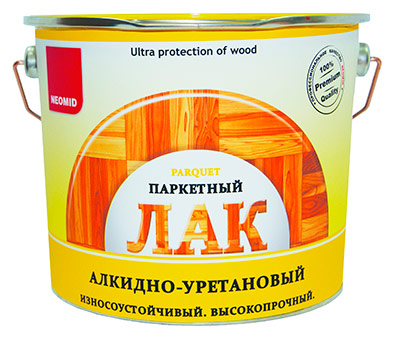
No. 5. Alkyd-carbamide varnish
In this case, in addition to alkyd resins, the composition of the varnish includes amino formaldehyde resins. These are two-component varnishes, the drying of which is possible only with the introduction of a special acid-containing hardener. The additive is mixed with varnish before application, the shelf life of the resulting mixture is small - from several hours to a couple of days, so the amount must be accurately calculated in advance.
Alkyd-carbamide varnish creates a durable film on wood and protects the material well from moisture. The composition is used predominantly forfor cover parquet and massive floor board. You can use it and for protecting wooden furniture, as well as other items that are indoors.
No. 6. Nitrocellulose varnishes
This varnish is a mixture of cellulose nitrate, an organic solvent, resins and a plasticizer. This is a fairly popular varnish for wood. for internal work. It is well suited for furniture processing, can give a matte and glossy surface, but not applicable for floor protection.
The main advantages varnish:
- high drying rate, from 20 minutes to 5 hours, average time - 1 hour;
- high ability to polish;
- varnish allows you to create a smooth hard coating with excellent decorative qualities;
- the composition penetrates deep into the pores of the wood and provides good protection.
Among disadvantages It is worth noting the unpleasant smell during drying - toxic solvents evaporate, therefore, during work, it is necessary to carefully protect the respiratory tract. After drying, the varnish is absolutely safe for health. The composition does not protect wood very well from moisture and sunlight, the strength of the coating is average, so it is used for processing furniture and walls indoors.
Number 7. Polyurethane varnish
Polyurethane varnish can be called one of the most popular formulations. Due to its high strength, many consider it universal. If we say that the group of polyurethane varnishes includes yacht varnish, it becomes clear that the performance of this composition is exceptional.
The main advantages:
- increased adhesion to the base;
- high hardness of the coating, which perfectly protects the tree from moisture, chemicals, sunlight;
- high drying speed, 4-12 hours.
The unique properties of the composition allow its use for outdoor work. They cover the decks of yachts, stairs and railings of private houses, sheds, facadesas well as parquet floors, furniture and other wooden items. This is a universal composition.. Among cons only the high price and the need to clearly comply with all requirements for the process of applying the composition - it is important to protect the surface from contact with moisture, since even a drop of water can greatly reduce the performance of the varnish.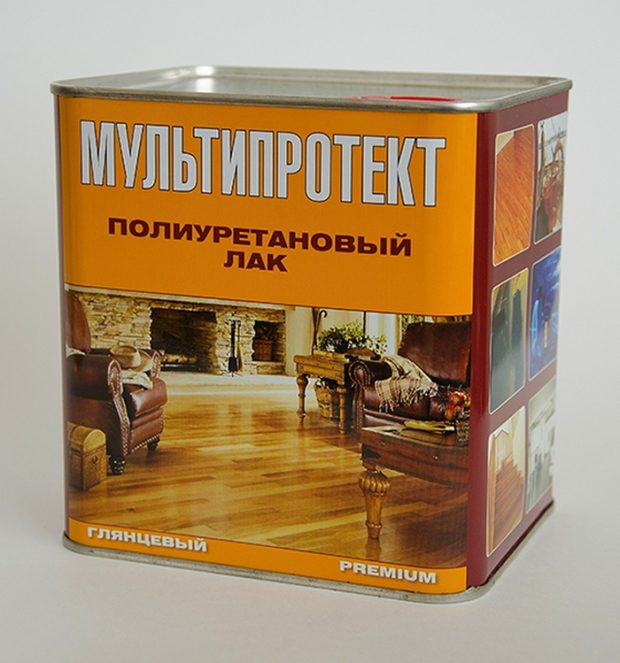
Number 8. Water Based Acrylic Varnish
This varnish can be called one of the most environmentally friendly and safe. When working, it does not give unpleasant odors, so its use is allowed even in children's rooms. Water-soluble varnishes have one significant minus - they dry for a very long time. For the film to fully form, you will have to wait about 2 weeks. In addition, the tree should be primed before applying varnish. On sale you can also find compounds with a small amount of organic solvent (up to 15%).
Water-based acrylic varnishes do not support combustion, well emphasize the natural pattern of wood, but do not provide a sufficient level of protection against moisture. Wear resistance is also not up to par, but manufacturers produce compositions with special additives that can significantly increase the mechanical resistance of the coating.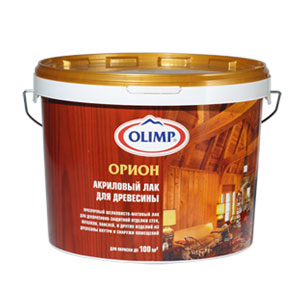
No. 9. Water Based Polyurethane Varnish
The composition combines the advantages of acrylic water and polyurethane varnishes, developed not so long ago, is sold as a one- and two-component mixture. The varnish is characterized by high strength, wear resistance, elasticity, resistance to aggressive substances, the coating is environmentally friendly, durable and does not crack for many years, however, the price of the composition is still quite high.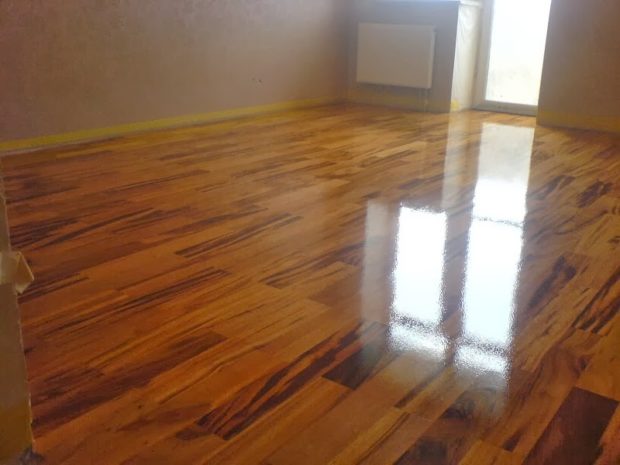
No. 10. Epoxy varnish
Epoxy varnishes, as the name suggests, are made on the basis of epoxy resin. The film from it hardens under the influence of the hardener - these are two-component varnishes. Among the main the benefits high hardness, strength of the obtained film, moisture resistance and shock resistance. Varnish is suitable for internal work for flooring, as well as for external work. Plus, the coating dries very quickly, no more than 12 hours.
No. 11. Polyester varnish
Multicomponent composition based on polyester resins. It is applied with a special gun, it requires high professionalism and sufficient accuracy in work. After drying, a sufficiently thick strong film is formed, which protects well from moisture and aggressive substances. Use varnish for processing floors, furniture and some musical instruments.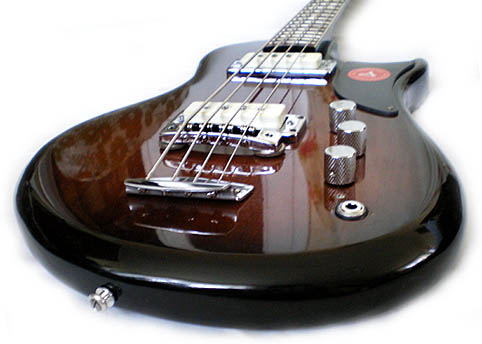
No. 12. Alcohol varnish
These are not very common formulations, the scope of which is very limited. Alcohol varnishes (varnishes) are made on the basis of ethyl alcohol and resins. Alcohol quickly evaporates, therefore, the drying time of the varnish is minimal - from 20 minutes to an hour. The coating has a beautiful shine, but very poorly protects the surface from moisture. Composition used when processing musical instruments, less often - in carpentry for furniture processing.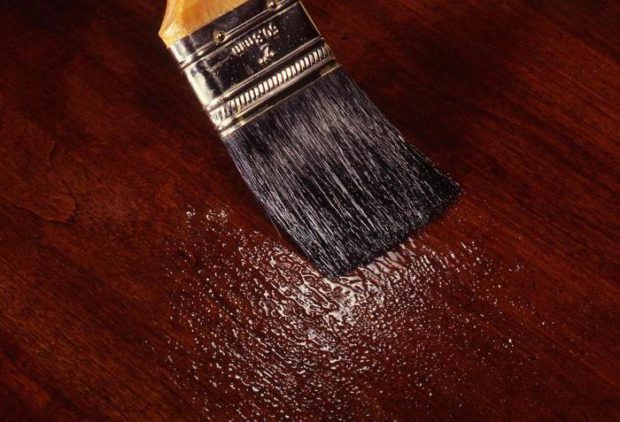
No. 13. Priming varnish
Priming varnish is necessary only to improve the adhesion of wood to the finish. Also, the composition helps to achieve a more even coating and isolate the wood from the water residue. It is necessary to choose a primer that is most suitable for the type of finish.
No. 14. Application of varnish for wood
The process of coating wood lacquer is simple and consists of several stages:
- removing a layer of old paint or varnish, you can use sandpaper;
- sanding wood and thorough dusting;
- when using tinting varnish, wood can be opened with wood stain;
- priming varnish;
- applying a protective varnish with brush, roller or spray.
 It’s easiest to work with a roller, with its help you can very quickly varnish a fairly large surface. The brush can be used with a roller to handle hard-to-reach spots.So that there are no traces left of it, it is better to take a brush with a little fluff at the end. The sprayer is used by professionals, it can be used to very quickly varnish a solid surface area. When processing furniture, it is better to use two layers of varnish, to protect the floor - three. Each new layer is applied after drying and slight grinding of the previous one.
It’s easiest to work with a roller, with its help you can very quickly varnish a fairly large surface. The brush can be used with a roller to handle hard-to-reach spots.So that there are no traces left of it, it is better to take a brush with a little fluff at the end. The sprayer is used by professionals, it can be used to very quickly varnish a solid surface area. When processing furniture, it is better to use two layers of varnish, to protect the floor - three. Each new layer is applied after drying and slight grinding of the previous one.
Properly selected and applied varnish will save the original appearance of wood for many years.

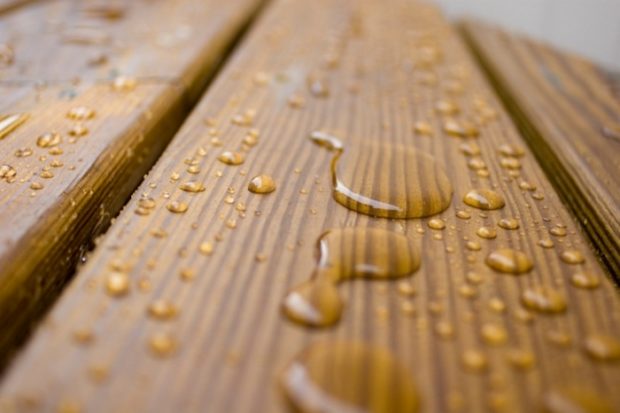
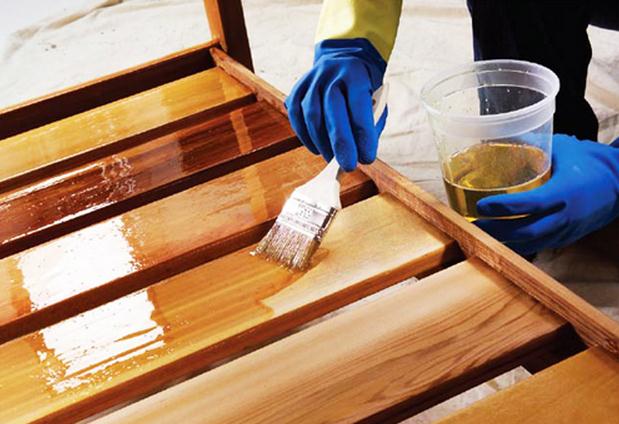
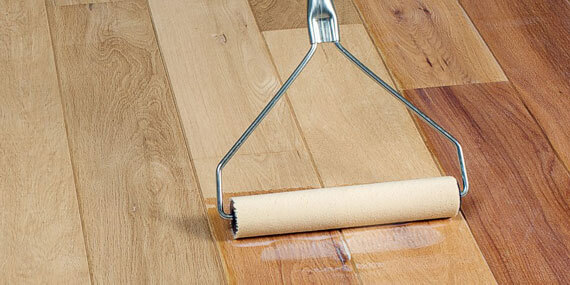
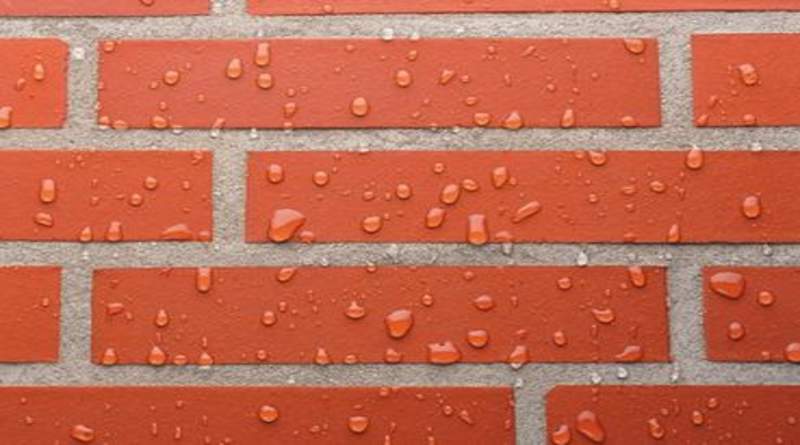
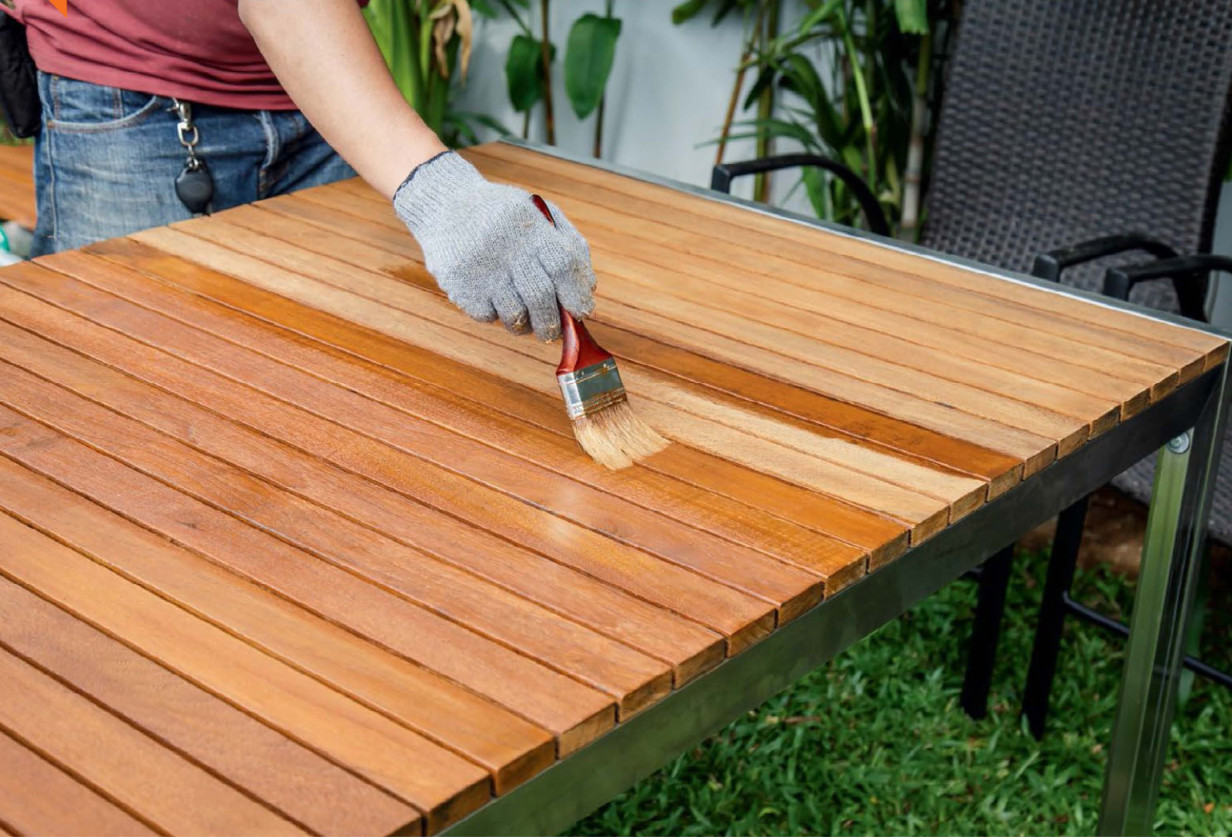

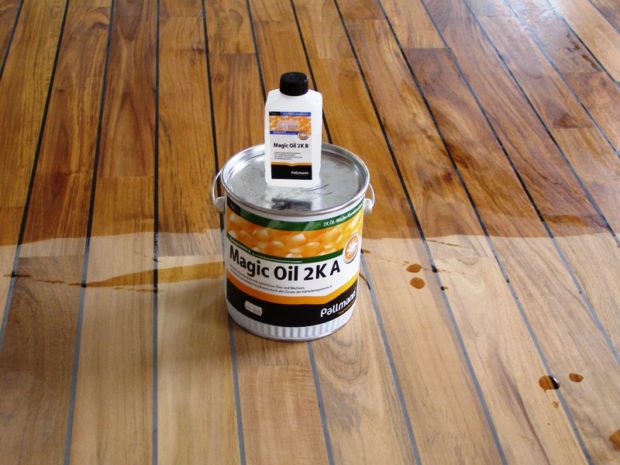
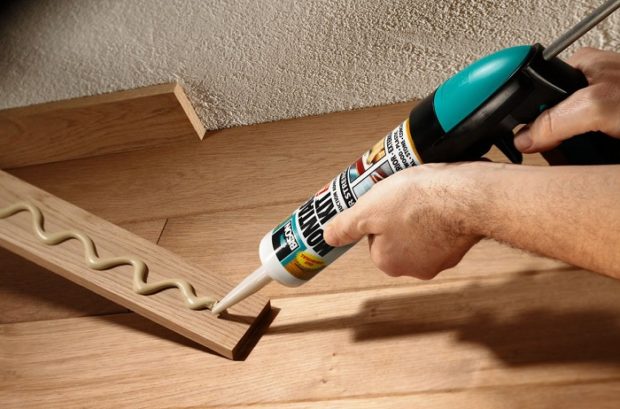
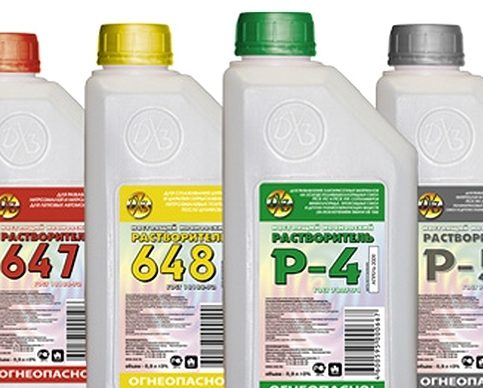

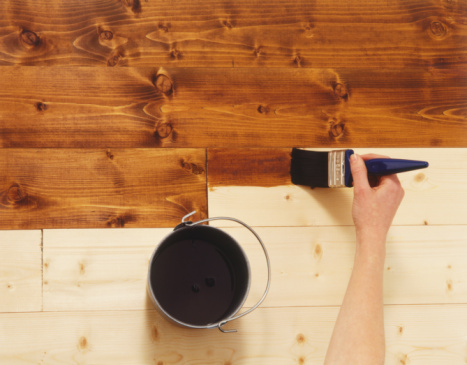
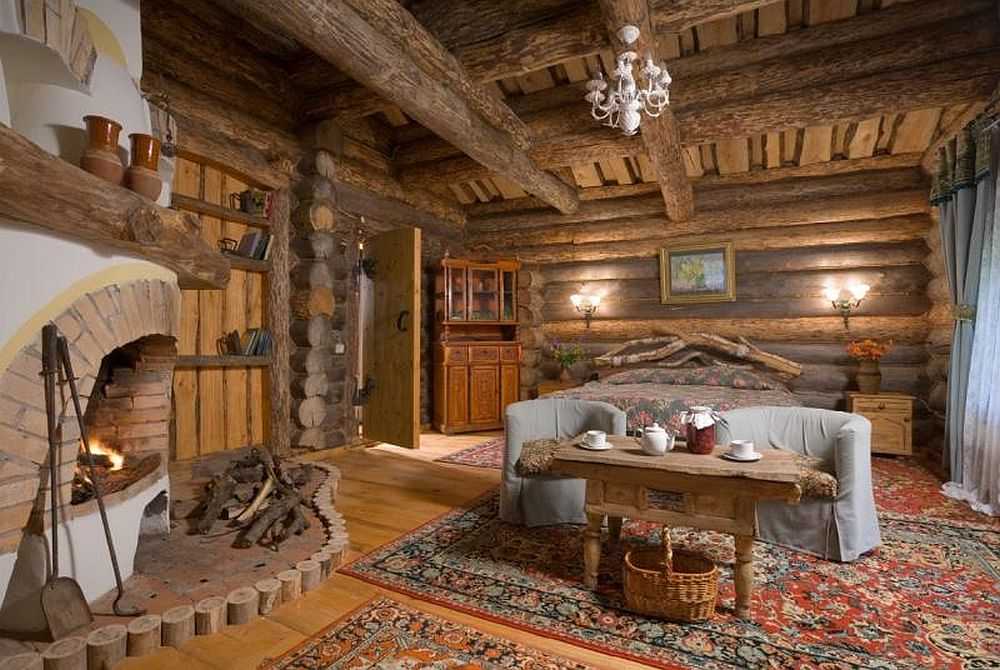
Hello! Many varnishes do not like it precisely because it creates a glossy film. I obtained an interesting result when I tried to polish a tree with a felt roller immediately a few minutes after coating with nitro-varnish. The lacquer film, which did not have time to harden, is easily peeled off during grinding from the surface of the tree, while the varnish gets into micropores and cracks and the effect of the tree is obtained without a varnish film, but with a shiny surface, like waxing.
Thank you very much for the valuable recommendation!
Thank you very much for the article! I recently just chose a varnish and it helped me (I took Vidaron impregnate, my impressions are very good)